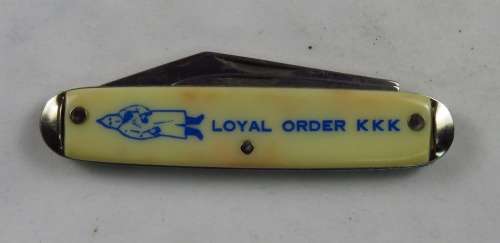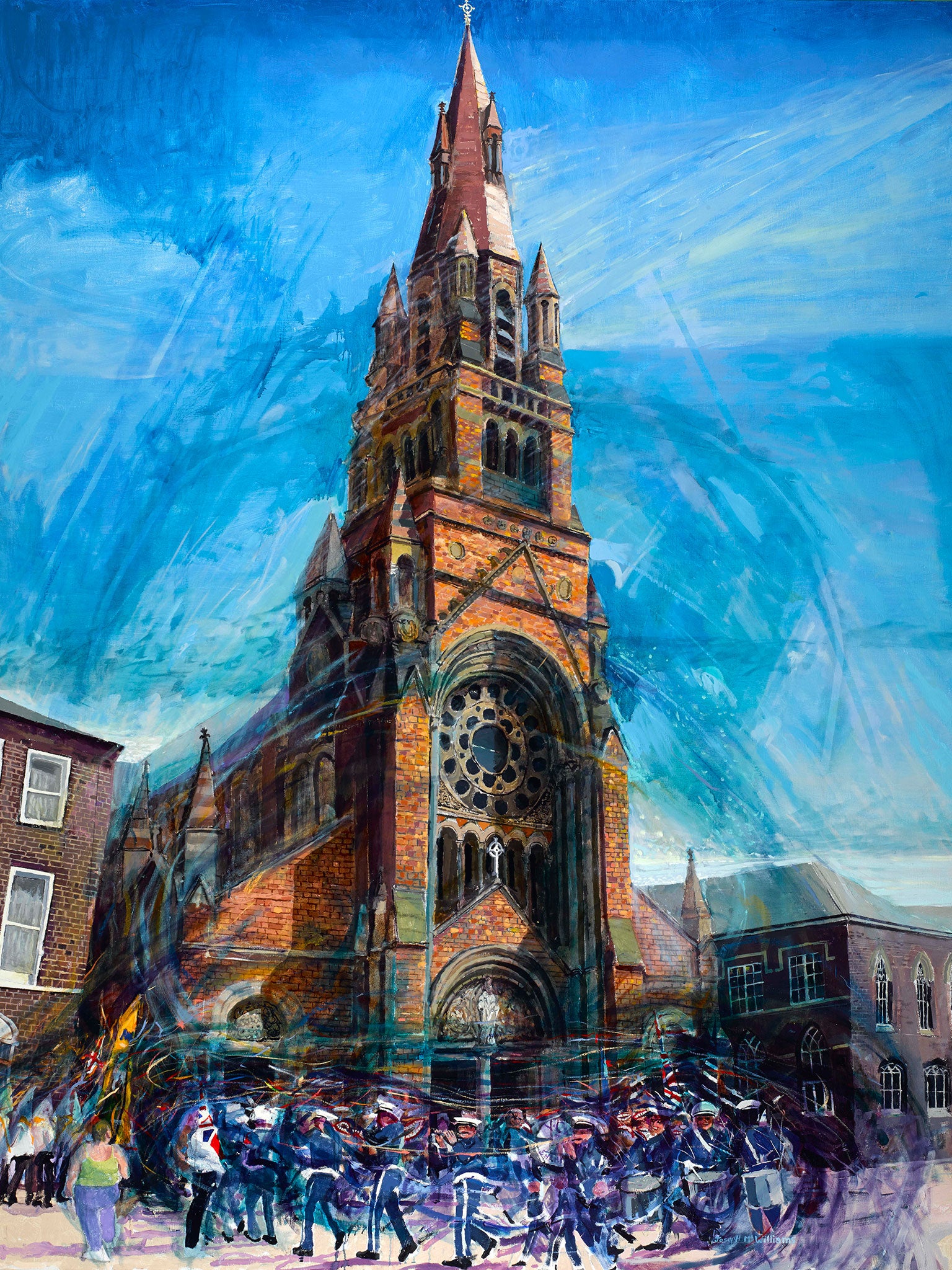

These actions functioned as an effective recruitment technique, as the 1921 initiation ceremony inducted 937 men, with another 210 turned away because the building was full.

ROYAL ORDER KKK FREE
The Klan would also make appearances at community church events, such as the 1921 Clay Street Methodist Church’s Christmas celebration, where they passed out free gifts and treats. The pastor usually accepted and then preached a pro-Klan sermon about preserving the moral integrity of the nation, though some like First Baptist pastor Joseph Dawson refused to join or associate with the Klan. The Waco Klan was known to even give pastors up to one hundred dollars, a sizable sum in the early 1920s. Klansmen often paraded into local churches, offered the preacher free membership and a “Kludd”-or chaplain-position, and made a donation in front of the entire congregation. The Waco Klavern also set about recruiting Protestant pastors, thereby legitimizing Klan presence through religious associations and strong fundamentalist rhetoric. Outside of these extralegal measures, the Waco Klan allied itself with local law enforcement, even helping pay bounties for fugitives. At least one man, Kennedy Cummings, actually fell victim to tar and feathering in 1921 after he did not heed a warning from the Klan to leave Waco. Under his leadership, the Waco Klan set out policing the town and surveilling “immoral individuals,” sometimes even chasing them out of town with threats of tar and feathering. He served as the Great Titan of the Waco Province and attorney for the Realm of Texas. Clark soon emerged as the leader of Waco's Saxet Klan Number 33 around 1921. Though the exact date of the chapter's founding is unknown, Erwin J. The reconstituted Klan spread like wildfire across the country, including new klaverns in every corner of Texas by the early 1920s.

This led to the reorganization of the KKK in 1915 by the son of a Reconstruction-era Klansman, William J. Popular movies such as The Birth of a Nation then further normalized the existence of the Klan and its racial ideology. No evidence exists of a Waco KKK chapter in the late nineteenth century, but the KKK’s official arrival in Waco came with the reconstituted Klan of the twentieth century.Īt the beginning of the century, resentment toward “foreign” peoples in America such as Catholics, Jews, and African Americans grew as World War I fostered white-nativist and isolationist sentiments across the country. This first wave of Klan presence stayed mostly relegated to North and East Texas, with Klansmen wreaking havoc on communities by burning homes and fields, beating and killing African Americans, and terrorizing politicians and community leaders until its dissolution in 1871. As Reconstruction played out across the state, their goal was the preservation of white supremacy and white-Democrat control of the government. The KKK was founded in Tennessee in 1866, but by 1868, Texas had multiple Klan chapters all loosely organized under the statewide leadership of Roger Q. Waco itself, and the greater McLennan County area, served as a hotbed of Klan activity at various times over the last century. The white robes and pointed masks symbolize prejudice, terror, and fear to Americans nationwide. The Ku Klux Klan (KKK) stands as one of the most infamous secret societies in American history.


 0 kommentar(er)
0 kommentar(er)
